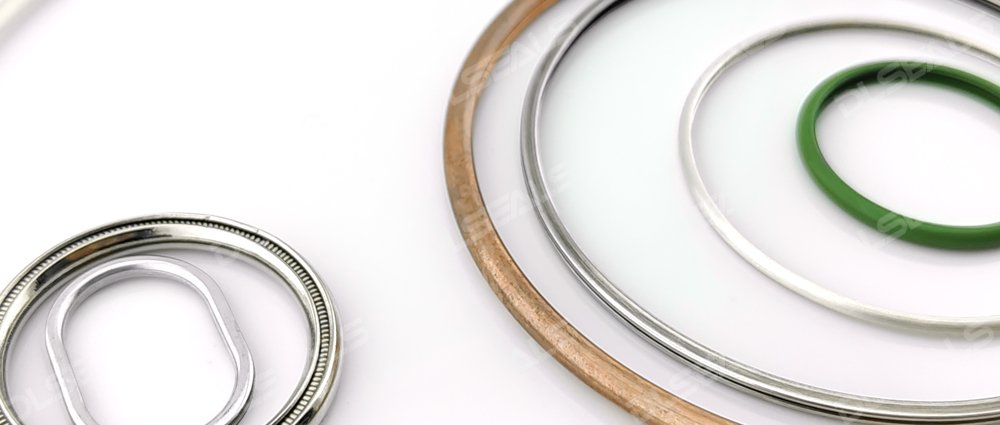News
A2024-07-28

Rubber and plastic seals and metal seals are two common sealing materials in the engineering field, playing an important role in different industrial applications. This article will explore their application guidelines and conduct a detailed comparative analysis to help readers better choose the sealing material that suits their needs.
Application Guide for Rubber and Plastic Seals
Rubber and plastic seals are usually made of materials such as rubber or silicone, with good elasticity and corrosion resistance, and are suitable for a variety of industrial application scenarios. The following is the application guide for rubber and plastic seals:
Choose suitable rubber materials: According to the requirements of the working environment, choose suitable rubber materials such as nitrile rubber, fluororubber or silicone to ensure that the seal can maintain good sealing performance under different temperatures, pressures and media.
Pay attention to surface treatment: Before installing the rubber and plastic seal, make sure the sealing surface and contact surface are clean to ensure the sealing effect. Appropriate lubricants can be used to reduce friction and wear.
Regular inspection and replacement: Regularly check the status of rubber and plastic seals, and replace aging or damaged seals in time to ensure the normal operation of the equipment.
Application Guide for Metal Seals
Metal seals are usually made of metal materials, have good high temperature and pressure resistance, and are suitable for high pressure and high temperature working environments. The following is an application guide for metal seals:
Choose suitable metal materials: According to the requirements of the working environment, choose suitable metal materials such as aluminum, copper, stainless steel or titanium, etc., to ensure that the seal has good durability under high temperature and corrosive media.
Pay attention to installation and curing: Metal seals need to pay attention to surface treatment and control of glue layer thickness before curing to ensure the sealing effect. Usually, special curing equipment is required to ensure the quality and performance of the seal.
Comparative Analysis
Rubber and plastic seals and metal seals each have their advantages and disadvantages. Rubber and plastic seals have good elasticity and corrosion resistance, and are suitable for general industrial applications; while metal seals have high pressure and temperature resistance, and are suitable for high pressure and high temperature environments. When choosing, it is necessary to weigh the specific working environment and requirements and choose the most suitable sealing material.
Through the application guide and comparative analysis of rubber and plastic seals and metal seals, readers can have a more comprehensive understanding of their characteristics and applicable scope, so as to better choose the sealing material that suits their needs.
[DLSEALS kindly Reminder] Sealing issues? Turn to DLSEALS! As a sealing component manufacturer, we specialize in customizing sealing components, providing a full range of services from design, research and development, production, testing, and more. If you have more information you'd like to know, feel free to contact us directly. DLSEALS's product experts are dedicated to serving you!